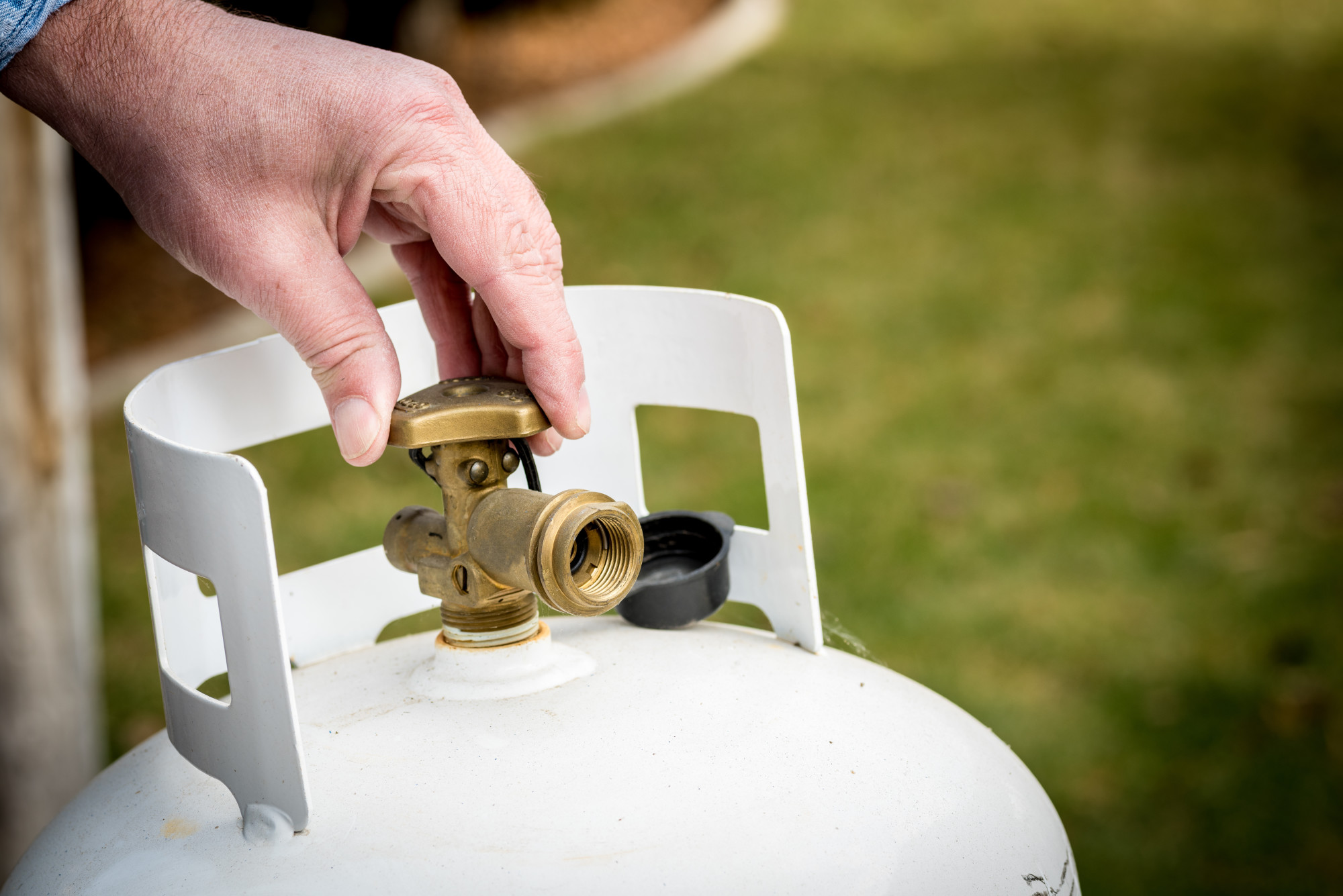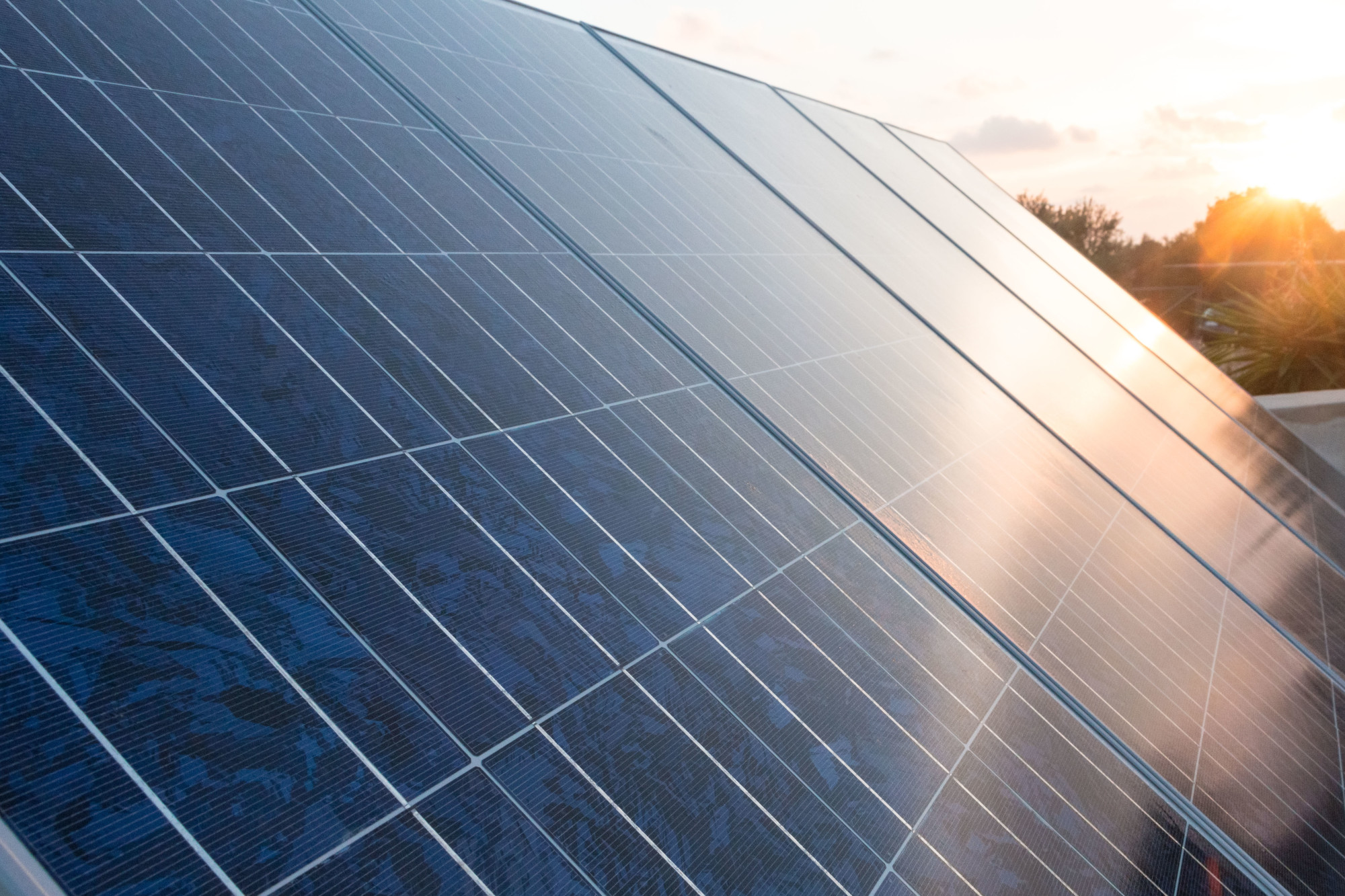Nicola Tesla在动力中对未来的观点
Tesla advocates in the above letter using a multiphase induction motor to increase the efficiency of an electric car. It is likely that his electric car that he built in the 1930’s utilized one of his multi-phased induction motors. The power source, according to his assistant Authur Matthews first hand account, invented by Tesla, was a unique primary battery that was used to power the car. This battery was unique in that it had replaceable zinc electrodes. When the zinc was used up it was simply replaced. This system would require a direct current to multiphase power converter.
Tesla states that he made numerous statements in publications in regards to using electricity to power a car. Tracking down these statements should dispel the myth that his car was powered by radiant energy.
制造商的记录
12月29日,1904年,p . 583
ELECTRIC AUTOS
Nikola Tesla对动力的未来观
(Special Cor. Manufacturers’ Record)
纽约,12月27日
In view of the great interest which is being taken in the articles published by the Manufacturers’ Record and some of the magazines on the development of new power-producers, through the internal-combusion engine, for use for transportation purposes both by land and sea, the following signed statement, made by Mr. Nikola Tesla after a discussion of a new type of auto-bus designed by Mr. Charles A. Lieb, mechanical engineer of the Manhattan Transit Co., will doubtless be read with much general interest:
New York, December 17
Mr. Albert Phenia, Special Correspondent Manufacturers’ Record, New York:
Dear Sir – Replying to your inquiry of yesterday, the application of electricity to the propulsion of automobiles is certainly a rational idea. I am glad to know that Mr. Lieb has undertaken to put it into practice. His long experience with the General Electric Co. and other concerns must have excellently fitted him for the task.
毫无疑问,可以在这些线上生产高成功的机器。该领域取之不尽,而且这种新型汽车,在我看来,在我看来,在我看来,在我看来,在我的意见中引入电力。
I have myself for many years advocated this principle. Your will find in numerous technical publications statements made by me to this effect. In my article in the Century, June, 1900, I said, in dealing with the subject: Steamers and trains are still being propelled by the direct application of steam power to shafts or axles. A much greater percentage of the heat energy of the fuel could be transformed in motive energy by using, in place of the adopted marine engines and locomotives, dynamos driven by especially designed high-pressure steam or gas engines, by utilizing the electricity generated for the propulsion. A gain of 50 to 100 percent, in the effective energy derived from the fuel could be secured in this manner. It is difficult to understand why a fact so plain and obvious is not receiving more attention from engineers.
At first glance it may appear that to generate electricity by an engine and then apply the current to turn a wheel, instead of turning it by means of some mechanical connection with the engine, is a complicated and more or less wasteful process. But it is not so; on the contrary, the use of electricity in this manner secures great practical advantages. It is but a question of time when this idea will be extensively applied to railways and also the ocean liners, though in the latter case the conditions are not quite so favorable. How the railroad companies can persist in using the ordinary locomotive is a mystery. By providing an engine generating electricity and operating with the current motors under the cars a train can be propelled with greater speed and more economically. In France this has already been done by Heilman, and although his machinery was not the best, the results he obtained were creditable and encouraging. I have calculated that a notable gain in speed and economy can also be secured in ocean liners, on which the improvement is particularly desirable for many reasons. It is very likely that in the near future oil will be adopted as fuel, and that will make the new method of propulsion all the more commendable. The electric manufacturing companies will scarcely be able to meet this new demand for generators and motors.
在汽车实际上没有任何事情取而不见,但它似乎为此原则提供了最大的机会。然而,该问题是使用的电机 - 直流或我的感应电动机。前者在开始和调节方面具有一定的偏好,但换向器和刷子在汽车上非常令人互感。鉴于此,我将倡导使用感应电机作为理想的简单机器,从未出现过时。条件优异,在非常低的频率中,可切实可行,可以使用三个以上的相。该规定应提供很少的难度,一旦这部小型计划的汽车产生了它的优势,就会容易地欣赏。
你非常真实,
N. Tesla











